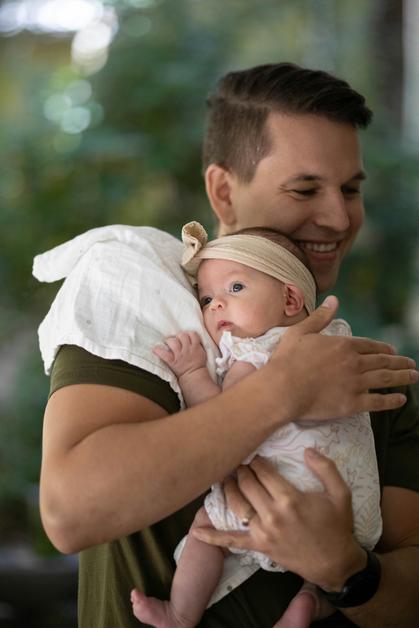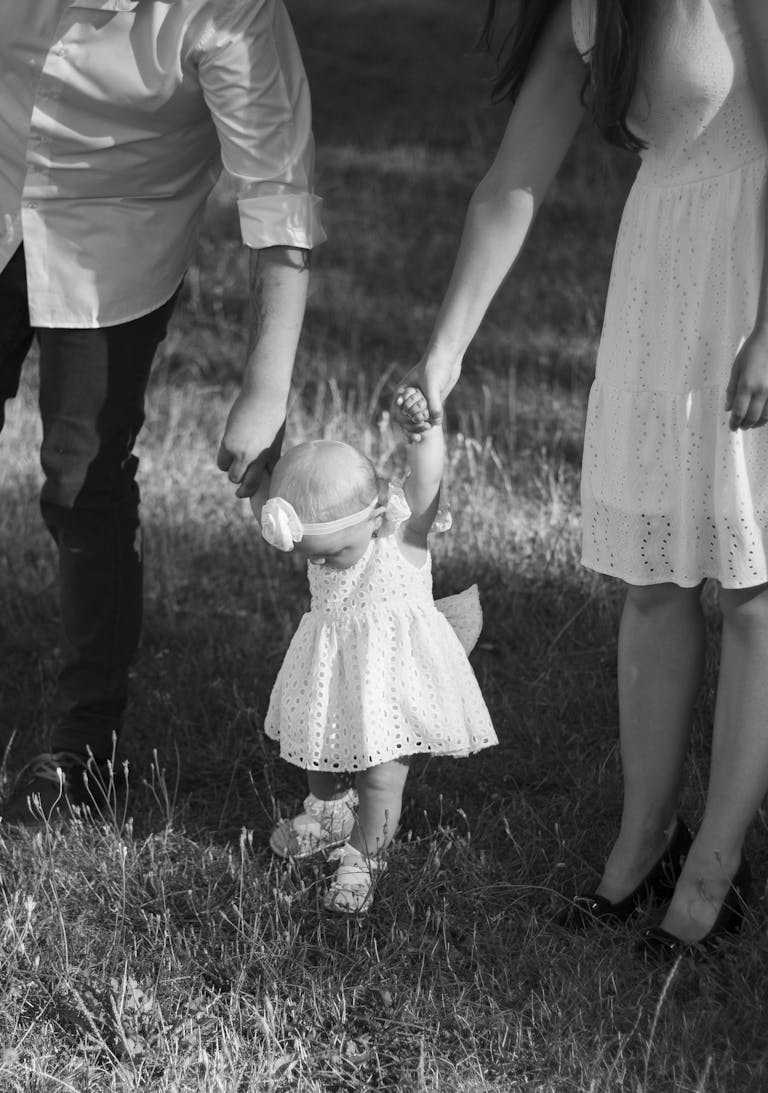If you’ve ever watched your infant twist, squirm, or launch into a sudden crying bout midway through a feed, you’ve likely wondered—what’s happening inside that tiny belly? Infant burping is a topic that triggers worry, questions, and—let’s be honest—a fair bit of midnight Googling from concerned parents. How much air can a baby really swallow? Why does some milk come back up with those impressive eruptions after a feed? And is there a trustworthy, science-based trick that makes burping more predictable, or at least, less mystifying? You’re not alone in your search for calm, practical answers. Ahead: a deep dive into the mechanisms behind infant burping, expert-backed timelines, a spectrum of practical positions, and how to decode signs your baby is asking—sometimes a little too loudly—for relief. Because if there’s one thing parenting quickly teaches, it’s that the right information, delivered at the right moment, can make all the difference.
The Physiology and Purpose of Infant Burping
Infant burping might look simple—just a quick pat and a little noise—but under the surface, it’s a finely tuned mix of infant anatomy and feeding technique. Babies, especially in their first months, are learning to coordinate their suck, swallow, and breathe cycle. With every feed, bits of air seem to hitch a ride with milk or formula. That air settles in the esophagus and stomach, ballooning just enough to trigger tension, squirming, or outright fussiness.
What’s happening, precisely? When trapped gas bubbles accumulate, they can create pressure that a small digestive system isn’t yet streamlined to manage. The result is uncomfortable distention (a bloated belly) or even regurgitation—a common cause of those notorious, sudden spit-ups. In rare cases, excess air contributes to colic or amplifies gastroesophageal reflux (when stomach contents return up the esophagus, often with acidic discomfort).
Burping helps infants by releasing this excess gas, reducing internal pressure and giving the developing digestive tract a gentle, much-needed break. Think of it as a preventative tool to ensure that feeding—whether breast or bottle—is maximally comfortable and nutritious.
When to Burp: Timing, Frequency, and Night Feeds
Parents often ask: is there a magical post-feed window, or a schedule to follow for effective infant burping? The answer is nuanced, shaped by feeding method and your baby’s own temperament.
Breastfed infants typically ingest less air due to a more natural latch, but not all breastfeeds are equal; a poor latch, rapid milk let-down, or shallow sucking can increase air intake. Many experts suggest pausing for a burp midway (often when switching breasts) and again at the end.
Bottle-fed babies face a higher air intake risk: bottle angle, nipple flow speed, and even formula consistency affect how much air is swallowed. Here, pausing for a burp every two to three ounces (approx. 60-90 ml) is recommended. But if your baby seems especially gassy, try a burp after each ounce.
For preterm infants or those showing repeated gastroesophageal reflux symptoms, more frequent burping—gentle, unrushed—can prevent escalating discomfort.
Not every baby burps at every break. What matters most is observing signs of abdominal tension, restlessness, or slowing suck—these are your infant’s cues. Night feeds and dream feeds (when baby remains drowsy or asleep) warrant particular gentleness. A quiet attempt at burping, without excessive agitation, is often sufficient unless unrest persists.
Spotting the Signs: How to Tell When Infant Burping Is Needed
A newborn’s language is entirely sensory: squirming, clenched fists, arching back, wrinkled forehead. How do you distinguish between hunger, tiredness, and a need to burp? Classic cues include:
- Sudden fussiness during feeds
- Tension in the belly (firmness beneath the ribs)
- Slowing down or refusal to continue feeding
- Repeated pulling away from breast or bottle
- Unexpected spit-up not linked to overfeeding
Sometimes, the need for infant burping sneaks up post-feeding, triggered during position changes or transitions to sleep. Not every squall means trapped gas, but these cues provide valuable insight for tailoring your response.
Practical Infant Burping Positions: Techniques Explained
No two babies seem to prefer the same position, and finding the “just right” motion can feel like a puzzle, especially in the early months. Consider these tried-and-true approaches, supported by both pediatricians and practical experience:
Over-the-shoulder: The staple move. Hold your baby upright, chin resting on your shoulder, one hand supporting their lower body. Use light, rhythmic pats or gentle, circular rubs with your cupped hand. The upright position leverages gravity to help bubbles rise to the top.
Sitting up on your lap: Place your infant sitting on your lap, facing away from you, and support chest and jaw with one hand (ensure you avoid pressing on the throat). Your free hand is for the same gentle back-patting.
Tummy down across knees: For babies resistant to upright positions, lay them face-down across your knees, head slightly higher than the rest of the body, with good neck support. A soft rub or pat can dislodge stubborn gas. Skip this one if spit-ups are frequent.
Walking and rocking: Movement sometimes works miracles. Hold your baby upright against your chest and walk slowly, swaying gently while patting. The rhythmic motion soothes both you and your infant, promoting relaxation and a natural release of trapped air.
Always prioritize stability: keep the head and neck supported at all times to avoid any accidental strain or injury. Use a soft burp cloth—spills come with the territory but are easier to deal with when caught early.
Troubleshooting: What If Infant Burping Doesn’t Happen?
Sometimes, despite all the technique and patience, your baby simply won’t burp. Is that a problem? In most cases, absolutely not—particularly for breastfed babies, who may swallow less air and have less need for a post-feed burp. If your child is calm, feeding well, and not showing signs of distress (no arching, crying, or abdominal discomfort), it’s safe to stop and try again later if symptoms appear.
For the rare feeding where a burp feels overdue and discomfort increases, you may wish to:
- Change infant burping positions and retry in two to three minutes
- Consider a short, gentle abdominal massage (clockwise, around the navel) or cycling movements with the legs—mimicking a bicycle—both of which can assist in releasing trapped lower gastrointestinal gas
- Ensure your feeding technique is optimal, especially the latch (for breastfeeding) or angle and nipple flow (for bottles)
- If persistent difficulty occurs, and especially if paired with frequent spit-up, weight concerns, or respiratory changes, consult a pediatrician for tailored guidance
Digestive Discomfort: Colic, Reflux, and Gas
So, what’s the science? The upper digestive tract of infants is in constant development. The lower esophageal sphincter (the muscle that closes off the stomach from the esophagus) is notably weak in the newborn months, easily allowing stomach contents—and yes, swallowed air—back up. That explains why reflux and spit-ups are so common, especially after rapid or vigorous feeds.
Colic, defined medically as episodes of intense crying for at least three hours a day, three days a week, is sometimes aggravated by excess swallowed air. While evidence is still emerging, regular infant burping—together with soothing techniques (rocking, white noise, gentle swaddling)—may lessen the intensity of these colicky spells for some babies.
Persistent or forceful vomiting, poor weight gain, or respiratory signs such as wheezing or choking should prompt timely medical advice. These are far less common but may indicate an underlying medical condition requiring intervention.
Common Myths: Must Every Baby Burp After Every Feed?
It can feel tempting to chase the “perfect burp” after each feed, but physiology resists formulas. Breastfed babies, due to the natural latch and feeding rhythm, usually take in less air and may burp rarely or not at all. Bottle-fed babies face more air-related challenges but can also manage without burping on occasion.
What matters most is your baby’s comfort and feeding patterns. Focusing on cues, rather than rigid rules, reduces stress and embraces each infant’s unique biology. Forced burping, especially if aggressive, may foster more distress than relief.
Tools and Environments: Making Infant Burping Easier
Geared up for feeding? The environment matters. Consider:
- Absorbent burp cloths and waterproof bibs—essential shields against unpredictable spit-ups
- Upright post-feed cuddles—ten to twenty minutes in a vertical position helps gravity do its work
- Supportive gear, such as nursing pillows or ergonomic chairs, eases your posture and back strain during extended sessions
- Calm surroundings, low lighting, and gentle background noise (think soft lullabies or a ticking clock) can soothe baby, especially during evening or night feeds
- Baby carriers: some infants burp easily when held upright in a sling or soft structured carrier, keeping your hands free for a gentle pat
Hiccups? Almost an infant rite of passage. Harmless muscle spasms of the diaphragm, hiccups often resolve on their own. Gentle infant burping can sometimes relieve them, but rarely requires intervention.
Key Takeaways
- Infant burping is more than ritual—it’s a physiologically grounded practice to support comfort, reduce gas, and aid digestive health
- Feeding method matters: bottle-fed infants often need more frequent burping, while breastfed babies may require less
- Reading your baby’s cues remains more powerful than any set schedule; fussiness, tension, or squirming often signal a need to burp
- There is no one-size-fits-all method—finding the best position and rhythm requires some experimentation and patience
- Persistent discomfort, poor weight gain, or frequent spit-up paired with respiratory distress calls for medical evaluation
- Calm, supportive environments and practical gear can transform stressful feeds into peaceful routines
- Professional help is available: for ongoing questions or challenges, reach out to your pediatrician for a nuanced, individualized perspective
For tailored advice, practical health tools, and expert-validated questionnaires on child health, explore Heloa for personalized support—right when you need it most. Parenting may be filled with questions, but science-backed answers—and reassuring solutions—are always within reach.
Questions Parents Ask
Can you over-burp a baby or try too often?
It’s quite natural to wonder if trying to burp your baby too frequently might cause any discomfort. Rest assured, burping your baby often—whether during or after a feed—does not pose any harm. The process itself is gentle and simply aims to relieve swallowed air that could make your infant uncomfortable. If your little one seems calm, content, and isn’t showing signs of discomfort, you can pause without worry. Every baby has unique needs, so trust your instincts and your child’s signals.
How long should you try to burp a baby if nothing happens?
If your baby doesn’t burp after a few minutes—typically around five minutes—it’s entirely reasonable to stop and offer comfort in another way. Sometimes, especially with breastfed infants, little or no air is swallowed and no burp will appear. You can always try gently again after a short break or when you change positions. What matters most is your baby’s overall comfort and well-being rather than the act itself.
Are there signs that a baby doesn’t need to be burped?
Absolutely—many parents find their babies naturally signal when burping isn’t needed. If your infant remains calm during and after feeds, shows no tension or fussiness, and happily feeds without pulling away, it’s a reassuring sign they’re comfortable. Every feeding experience is different, so observing your baby’s cues will always be more helpful than sticking to a strict schedule. Rely on these signs, and you’ll quickly learn what works best for your little one.

Further reading:









